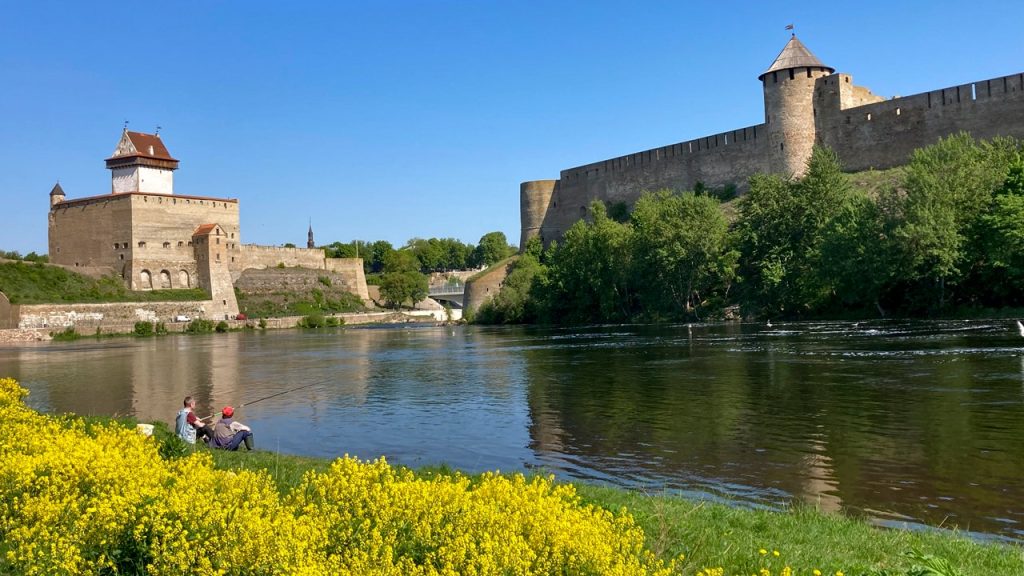In May 2024, Estonian border guards discovered that Russian border guards had removed 25 of the 50 buoys placed by Estonia on the Narva River, which serves as a border between the two countries. The buoys are used to prevent boats from accidentally crossing the border and are checked annually due to natural changes in the riverbed. European Union foreign policy chief Josep Borrell condemned Russia’s actions, calling it part of a broader pattern of provocative behavior by the country.
Estonia labeled the incident as unacceptable but stated that they would respond calmly and rationally to the situation. In past years, Estonia and Russia had largely agreed on the positioning of the buoys on the Narva River. However, in 2023, Russia disputed Estonia’s locations for the buoys, leading to the recent removal of half of them by Russian guards. Estonian officials expressed concerns over Russia’s behavior, citing similar incidents involving border disputes in the Baltic Sea.
Russia also made headlines with a proposal to update the coordinates used to measure the strip of territorial waters off its mainland coast and islands in the Baltic Sea. The existing coordinates, established in 1985, were deemed outdated by the Russian Defense Ministry, sparking discussions about revising border boundaries. However, Russian officials clarified that there was no political motivation behind the proposal, and there were no intentions to alter territorial borders or widths of territorial waters.
Since Russia’s invasion of Ukraine in 2022, Finland and Sweden have joined NATO, causing the Baltic Sea to be almost completely surrounded by NATO members. This strategic positioning has raised concerns in Russia, particularly regarding its access to the city of St. Petersburg and the Kaliningrad enclave. The region has become a focal point for military tensions, as Russia seeks to maintain control over its territorial waters and borders amid increasing NATO presence in the area.
The removal of the buoys on the Narva River is just one example of the ongoing tensions between Estonia and Russia, as well as broader geopolitical issues involving NATO and Russia. The incident serves as a reminder of the delicate balance of power and interests in the region, with various countries and alliances seeking to assert their influence and protect their borders. The response from European Union officials and Estonian authorities highlights the need for dialogue and diplomacy to address these challenges and prevent further escalations in the region.
Overall, the situation along the Narva River and in the Baltic Sea underscores the complex political dynamics at play in Eastern Europe and the Baltic region. As Russia and NATO navigate their competing interests, the need for cooperation and communication becomes increasingly apparent. Finding peaceful resolutions to border disputes and maintaining stability in the region will require ongoing efforts from all parties involved, including dialogue, transparency, and respect for international agreements and norms.


